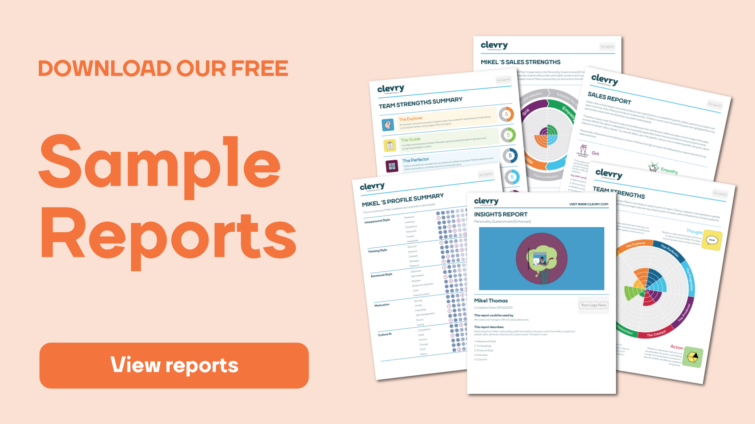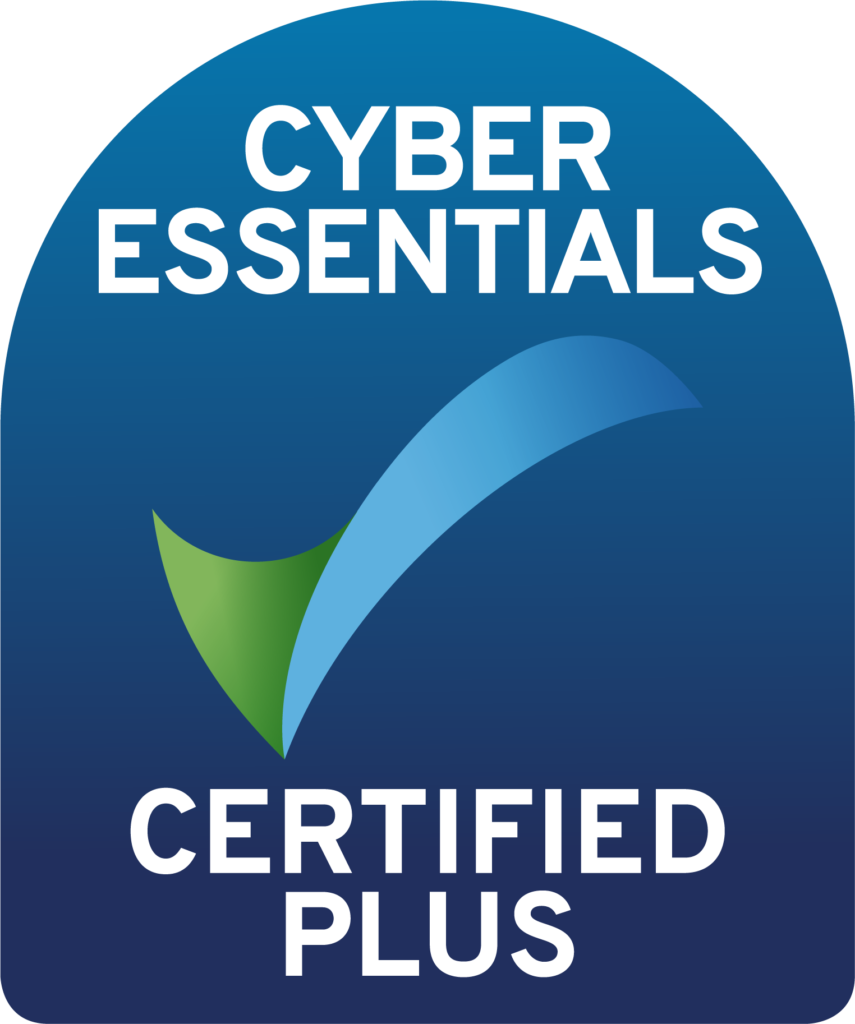Unlocking the true potential of your new hires begins with understanding who they are as individuals. An exploration discussion can be your key to delving deep into a candidate’s personality, motivations, and values. It offers an opportunity to unearth insights that might not be apparent on the surface. The way this discussion unfolds is vital, as it sets the stage for meaningful engagement and the acquisition of accurate information.
In this article, we’ll guide you through the essential aspects of conducting an exploration discussion with your candidates. Whether you’re an experienced recruiter or new to the process, these insights will help you create a productive dialogue that fosters a deeper understanding of your new hires.
Objectives of an Exploration Discussion
Before we dive into the details, it’s crucial to understand the primary objectives of an exploration discussion:
- Validation: Use this discussion to validate what the candidate has shared about themselves in their personality questionnaire.
- Exploration: Go beyond the questionnaire to gain a deeper understanding of the candidate’s personality and behaviours.
- Future Insights: Gather details about how the candidate is likely to behave in the workplace in the future.
Exploring assessment results with your new hires
An exploration discussion can be used to gain a deeper insight into a candidate’s traits, motivations, and values. It gives you a chance to really delve into their results and find out more about what drives them as a person. Therefore it’s vital that the discussion is done in the right way, to support the candidate and gather the most accurate information you can.
Remember the main objectives of an exploration discussion are: to ‘check out’ or validate what the candidate has said about themselves in their questionnaire, to explore the information further, and to gather more details about how they are likely to behave in the workplace in the future.
Key points to remember in a candidate exploration discussion
All of our reports include some key points for hiring managers to discuss with their candidates, such as:
- Personality is not fixed; it may vary over time, change through training/development, or simply vary depending on the situation.
- There are no rights or wrongs.
- The scores do not measure ability, skills, capability or competence.
- They are merely indications of preferences or typical styles of behaviour.
- The questionnaire is very reliable but is not infallible.
- The profile is intended to clarify your self-perceptions, it does not provide an objective measure.
- These results must be kept within the boundaries of confidentiality agreed with the candidate.
- The results must not be used for any purpose other than that agreed with the candidate.
- These results must be kept securely and not retained beyond the period agreed with the candidate.
What kind of language should I use in an exploration discussion?
It’s super important to use language that the candidate understands and also emphasizes the previous points, such as:
- When talking about how the tool uses self-report to measure personality, use language such as: ‘Your responses,’ ‘You see yourself.’
- When talking about the status (reliability) of the results, use words like: ‘Indicates,’ ‘suggests,’ ‘may.’
- When talking about how the questionnaire is scored using a norm comparison, use language like: ‘Compared to others.’
- When describing the strength of their responses, be as consistent as possible, such as ‘slight,’ ‘strong,’ ‘fairly,’ and ‘very.’
- When explaining scale behaviours try not to use the scale labels to describe results, instead there are more comprehensive & candidate friendly descriptions included in the vast majority of our reports.
Some examples:
- “Your responses suggest that, compared to other graduates, you have a fairly strong tendency to be candid and be direct in expressing your opinions.”
- “You describe yourself as someone who has a tendency to experience self-doubt compared to other people.”
- “Compared to others, you may see yourself as having a slight preference for working in a culture with a strong profit motive.”
How do I conduct an exploration discussion?
There are several ways recruiters can tackle an exploratory discussion with a candidate. Below, we’ve highlighted the 9 main points that we believe provide the right structure for a healthy exploration discussion with your candidate(s).
- Prepare
- Break the ice and build rapport
- Introduce the session
- Ask open, probing questions
- Follow up and reflect back on aspects of their answers
- Repeat 4 & 5 as necessary
- Summarise the key insights
- Ask if the candidate has any questions
- Close and thank the candidate
Keep in mind that this is just a guideline, as long as you have achieved the aims of a feedback discussion and clearly communicated the best practice principles (found at the start of every report) throughout, you can structure the discussion however you want.
Other varied approaches to having a good candidate discussion:
Feedback first:
Feedback results from the report and then use probing questions to ask about the candidate. Probing first: use probing questions based on the scales, without feeding back to the candidate what the report shows. The recruiter then reveals the report to the candidate after you’ve had the initial discussion.
Exploring ‘typical range’ scores:
Focus on scales with scores that fall in the middle range to discuss flexibility and where the candidate has less extreme preferences, as compared to others.
Exploring stronger scores:
Focus on scales with scores that fall at the extremes of the scale to discuss where the candidate has the strongest preference compared to others.
Start with a ‘warm’ result:
This may help to break the ice. ‘Warm’ results are generally information the candidate might be happy to hear. For example, having a strong preference for optimism, friendship, or creativity could be examples of ‘warm’ results.
General tips:
- Remember you are forming hypotheses not confirming facts
- You are looking to build a picture of the ‘whole person.’
- Describe scale scores, rather than reading out a number
- The candidate should be talking for 2/3 of the discussion
- Pay attention to the relationship and correlation between scales
- Avoid using scale labels, describe what the scale shows

Preparing for the discussion with the candidate
- Through thorough preparation you will get the most out of your discussion with the candidate.
- Read the report thoroughly
- Familiarise yourself with the scale meanings, not just the scores
- Review the profile and form hypotheses
- Build a narrative by linking scales together*
- Consider how to approach feeding back sensitive areas
- Make appropriate notes to use while you have a discussion
*consider how the meaning of having a strong preference to work in a more risk taking way changes when the candidate is also quick to make decisions, compared to taking time to weigh up all options before acting. Considering matters like this one forms a narrative by building, or daisy-chaining, scales together.
All our reports have been made with a specific audience in mind, with some directed towards the candidate themselves and others exclusively for managers or recruiters.
We advise that clients give candidates the personal feedback report, which is less open to misinterpretation regardless of which report they are relying on to facilitate the discussion.
Introducing the discussion
It is important for the candidate to be clear on why you are having the discussion before you begin. Make sure you outline what the exploration will consist of before you begin by covering the following:
- Length, purpose and interactive nature of the discussion
- Why they were asked to complete the assessment
- What assessment they have completed and what it measures
- The self-report nature of personality questionnaires
- There are no rights and wrong, the assessment measures tendencies and preferences, not ability
- Reliability of the results
- How the questionnaire is scored, including specific information on which norm group has been used
- Boundaries of confidentiality
Building rapport with your candidates
Creating rapport with an individual is critical in getting their active involvement in the exploration discussion. When you first meet the candidate remember to introduce yourself and have a short conversation to break the ice.
During the discussion itself there are a number of interpersonal skills that will help you to build a relationship. Demonstrate you are listening carefully to the individual by showing active attention towards them.
This could include using both verbal and non-verbal cues such as nodding, maintaining eye contact, and backchanneling (e.g., saying ‘mmm’ or ‘I see’ to indicate you are interested in what is being said).
Try to maintain a supportive and encouraging style, through an open posture and non-judgemental demeanour, remaining empathetic to whatever the candidate has to say.
Aim to ask open questions that aren’t leading in nature and ensure you let the candidate answer fully. If you do wish to ask a follow-up question, wait until they have finished their whole train of thought before doing so.
Examples of active listening:
Summarising back
Describe what you understand from what the person last said:
- ‘So, what you’re saying is…’
- ‘How you see it is that…’
- ‘It sounds to me like…’
Reflecting back
Describe the feelings or emotions you pick from what the person has just said:
- ‘You seem unsure…’
- ‘That must have been very exciting…’
- ‘You sound like you felt anxious…’
As well as helping to show you are listening, phrases like this are helpful to correct any misunderstanding from both parties, punctuate the discussion, and provide structure to the conversation.

Tips for discussing assessment results with your candidates:
- Ask open and past tense questions
- Remember to follow-up with probing questions based on their responses
- Use pauses to facilitate further explanation
- You should avoid asking leading questions and multiple questions as you are more likely to influence what the candidate says with your own opinions.
- Make sure to wait until they have answered fully before asking a follow-up question. For example: ‘The results suggest that, compared to others, you have a strong tendency to accentuate the positive and expect things to turn out for the best…’
Some example questions:
- When asking the candidate a leading question:
“Do you think this is because in past management positions, you have had to set an example for others in your office and keep morale high?”
- When asking the candidate for a better alternative:
“The results suggest that, compared to others, you have a strong tendency to accentuate the positive and expect things to turn out for the best. Can you think of an example of this in your past positions?”
- When asking the candidate multiple questions:
“Do you agree? Do you think this is always the case? Can you think of a situation where you tend to anticipate problems more than benefits?”
What about ability tests?
A feedback discussion around cognitive ability tests should be approached in a similar way to personality questionnaires, taking care to describe norm groups and the infallibility of scores to your candidates. The main best practice principles are also outlined at the beginning of the ability test report.
Ability test scores should be fed back verbally where possible, using descriptions rather than numbered scores. Reports should not be given to candidates before they’ve been explained as Ability Test results can be easily misinterpreted by people who aren’t experienced in using psychometric assessments.
How can Clevry help?
If you need additional support when using psychometric assessments then our Business Psychology team provide advisory, training and consultancy services to help recruiters get the most out of their candidates and assessments.
Please visit our contact us page and get in touch via email or phone.



